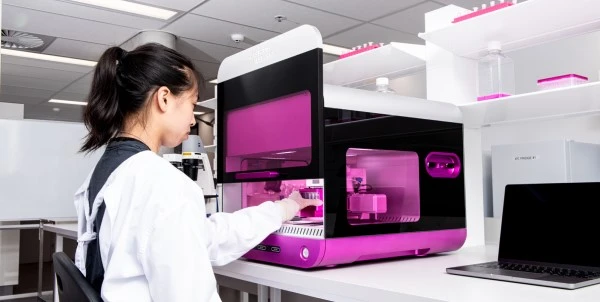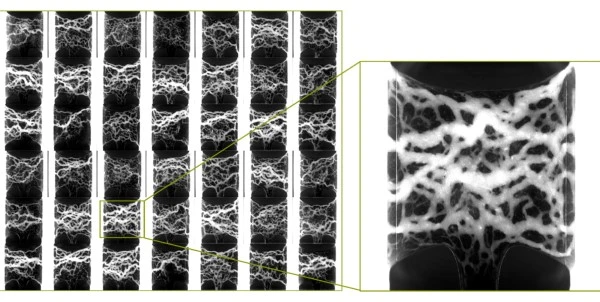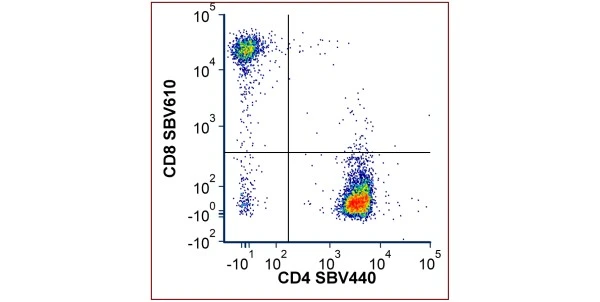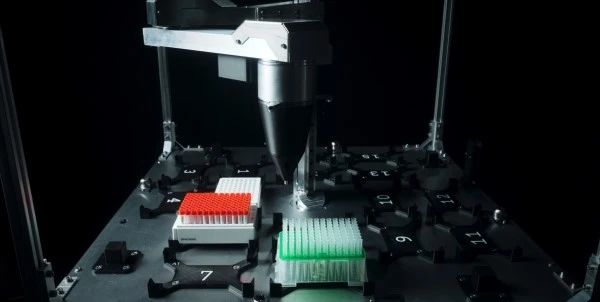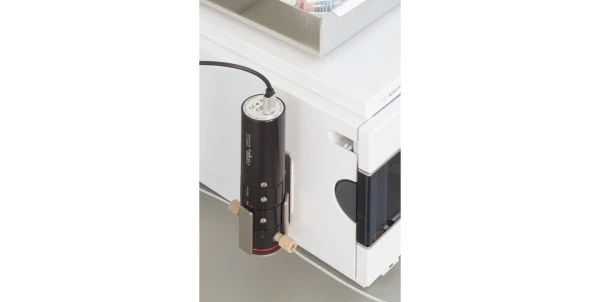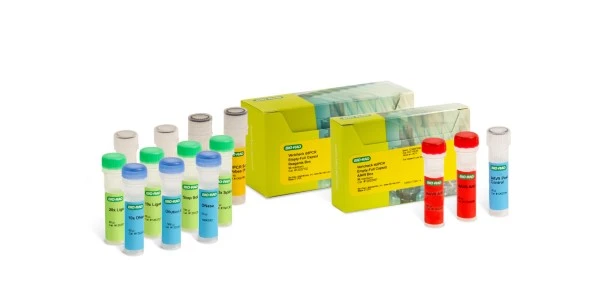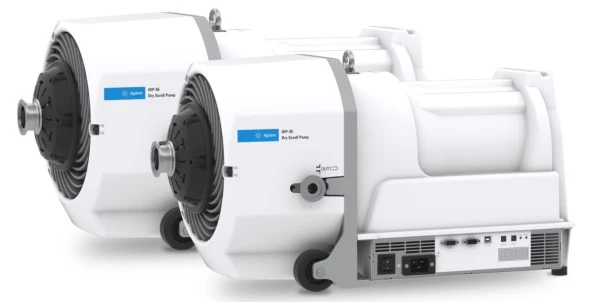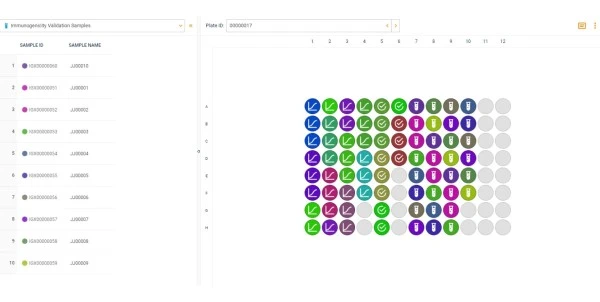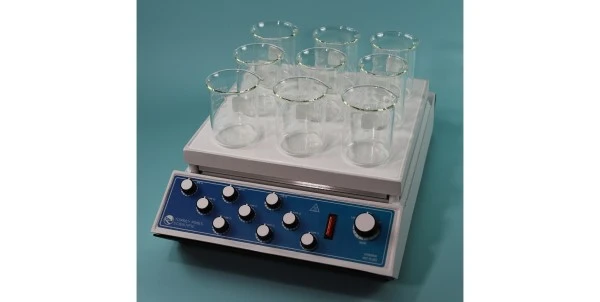
Animal Transfer Stations Vs. Animal Handling Biological Safety Cabinets
Important Distinctions in Airflow Fundamentals, Designs, Operational Techniques, and Intended Uses
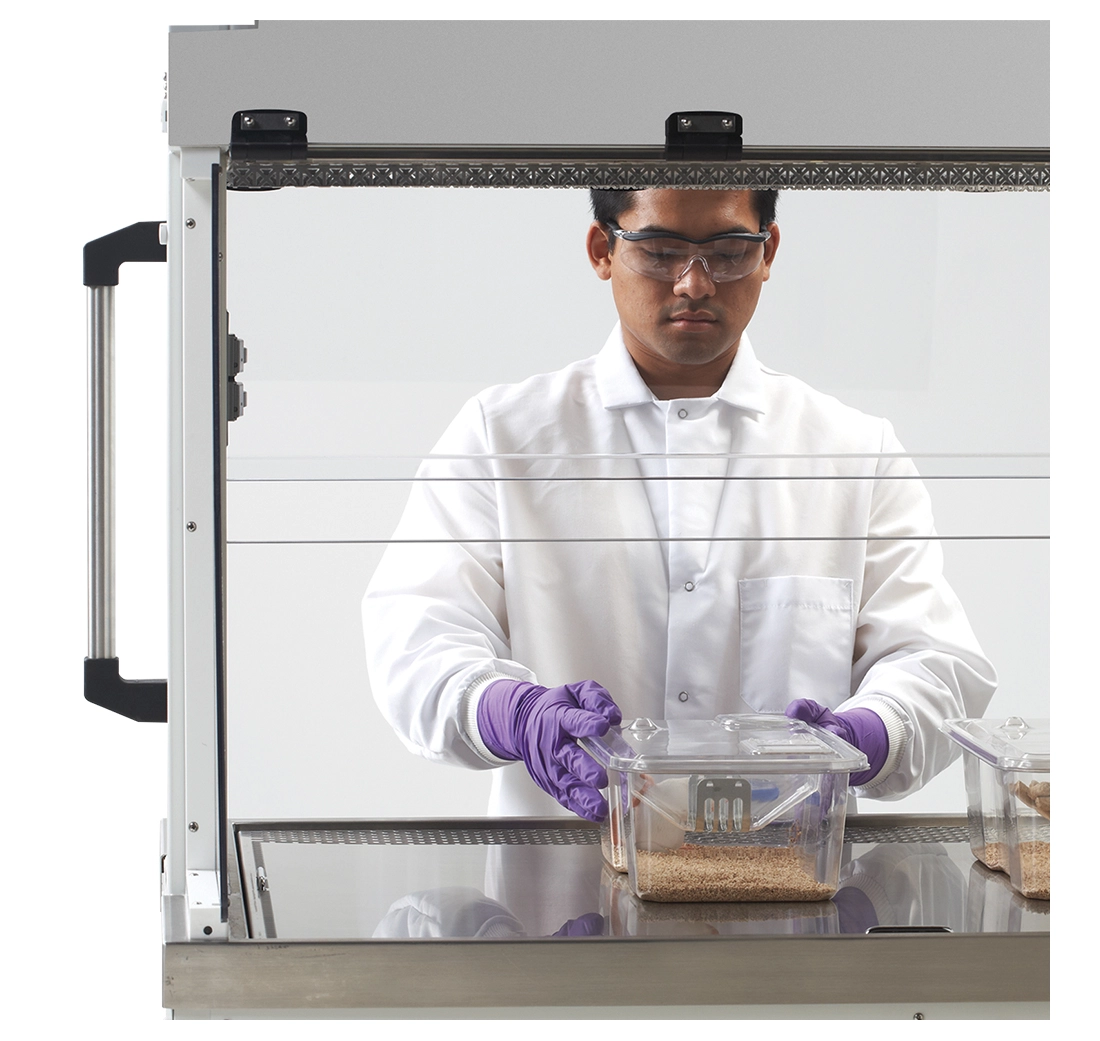 In
the vivarium, protecting both personnel and animals must always remain top
priority. To ensure their protection, technicians must only handle animals within
proper equipment designed specifically for animal handling to avoid
cross-contamination. Animals may be immunocompromised or have specific pathogen
free (PDF) status making them susceptible to microorganisms and infections.
In
the vivarium, protecting both personnel and animals must always remain top
priority. To ensure their protection, technicians must only handle animals within
proper equipment designed specifically for animal handling to avoid
cross-contamination. Animals may be immunocompromised or have specific pathogen
free (PDF) status making them susceptible to microorganisms and infections.
Since elimination and/or substitution of risk is rarely achievable in the vivarium, engineering controls, administrative controls, and personal protective equipment (PPE) provide the primary means of protection. Typically, Animal Transfer Stations (ATSs) and Animal Handling Biological Safety Cabinets (AH BSCs) serve the role of engineering controls in this context. Understanding the capabilities and differences between these two controls will help eliminate unnecessary costs and loss of resources due to compromised animals and research.
Key Operational and Design Fundamentals
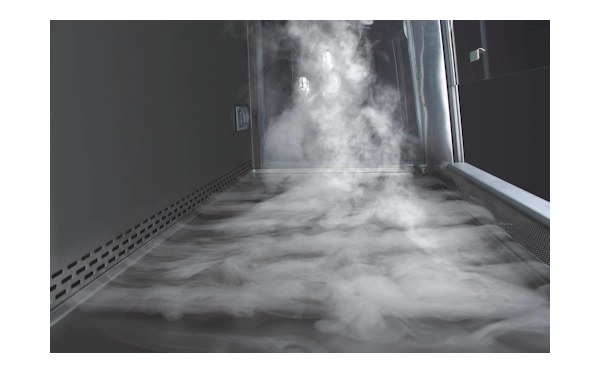 Both
ATSs and BSCs utilize vertical laminar downflow of HEPA-filtered air inside the
work zone where the animals are being handled. HEPA stands for high efficiency
particulate air (filter). To comply with the National Sanitation Foundation’s (NSF)
standards, Class II biosafety cabinets must utilize HEPA filters that are at
least 99.99% efficient at 0.3 microns for the supply and exhausted airflow.
The constant downflow of air pulls dander and microorganisms straight down into
the air intake grills located on the bottom of the work zone. To extend the
lifespan of HEPA filters, washable mesh pre-filters are often employed to
remove larger particles, such as hair, dander, and dust, before reaching the
HEPA filters.
Both
ATSs and BSCs utilize vertical laminar downflow of HEPA-filtered air inside the
work zone where the animals are being handled. HEPA stands for high efficiency
particulate air (filter). To comply with the National Sanitation Foundation’s (NSF)
standards, Class II biosafety cabinets must utilize HEPA filters that are at
least 99.99% efficient at 0.3 microns for the supply and exhausted airflow.
The constant downflow of air pulls dander and microorganisms straight down into
the air intake grills located on the bottom of the work zone. To extend the
lifespan of HEPA filters, washable mesh pre-filters are often employed to
remove larger particles, such as hair, dander, and dust, before reaching the
HEPA filters.
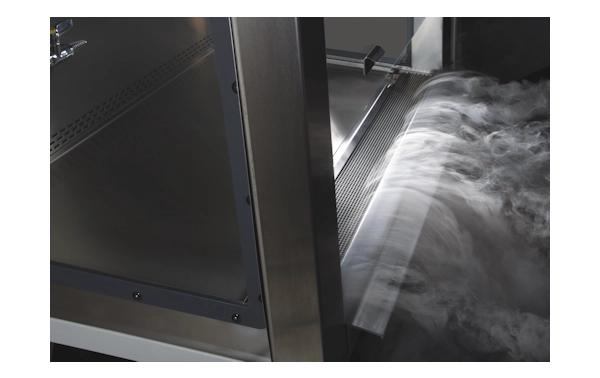 On a Class II Type A2 biosafety
cabinet, ambient air will also be pulled into the inflow air grill at the
leading edge of the cabinet. These airflow dynamics are often
referred to as a dynamic air barrier, separating personnel from the product(s) inside
the work zone.
On a Class II Type A2 biosafety
cabinet, ambient air will also be pulled into the inflow air grill at the
leading edge of the cabinet. These airflow dynamics are often
referred to as a dynamic air barrier, separating personnel from the product(s) inside
the work zone.
Although both devices utilize similar airflow fundamentals, notable differences in design, operational technique, and intended uses still exist between ATSs and AH BSCs.
What is an Animal Handling Biological Safety Cabinet (AH BSC)?
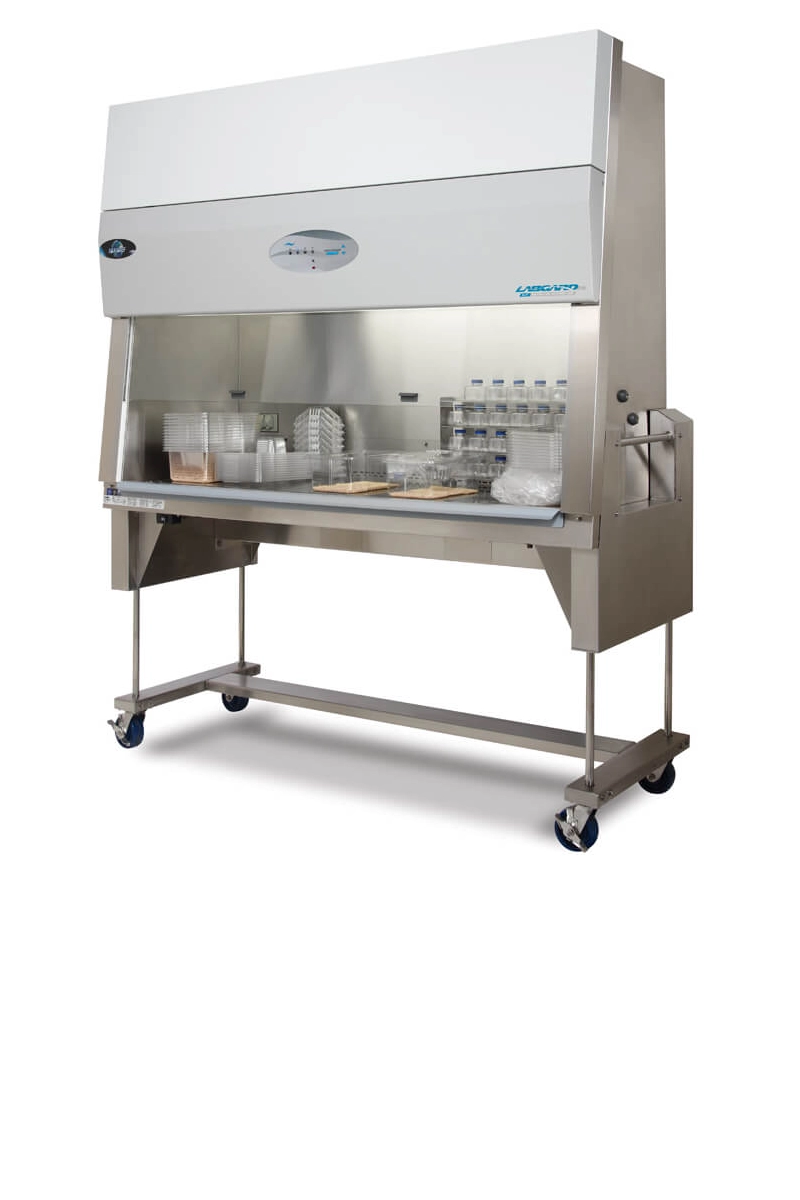 A
Biosafety Cabinet (BSC) is an enclosed laboratory workspace for safely handling
potentially contaminated or otherwise hazardous materials requiring a
predefined level of biosafety. Because of the increased protection granted
by a BSC, personnel can practice procedural tasks in the work zone, such as
injecting, manipulating, or examining the product.
A
Biosafety Cabinet (BSC) is an enclosed laboratory workspace for safely handling
potentially contaminated or otherwise hazardous materials requiring a
predefined level of biosafety. Because of the increased protection granted
by a BSC, personnel can practice procedural tasks in the work zone, such as
injecting, manipulating, or examining the product.
Three different classes (I, II, or III) of biosafety cabinets currently exist, defined by the varying degrees of biocontainment required. Class I cabinets are designed to provide maximum protection of the operator and environment by preventing outflow of pathogens or air-borne contaminants. Class II cabinets provide mid-range protection while Class III devices offer the highest containment with contents only accessible using physical barriers such as glove boxes.
Multiple types also exist within those classes, dictated by what proportion of the air passing through the work zone gets exhausted or recirculated. Unlike traditional BSCs designed for microbiology research, animal handling BSCs accommodate the specific needs of animal researchers with unique modifications, such as pre-filters, built-in waste chutes, and/or cage pass-through chambers. The higher level of containment provided by biosafety cabinets protect animals that may be immunocompromised, biohazardous, or designated as unknown infection status.
NuAire LabGard® ES NU-677 Class II, Type A2 Animal Handling Biosafety Cabinet (shown right).
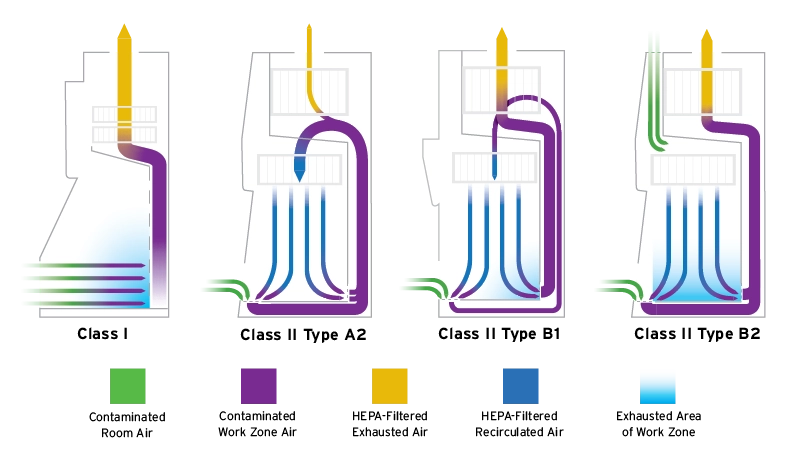
What is an Animal Transfer Station (ATS)?
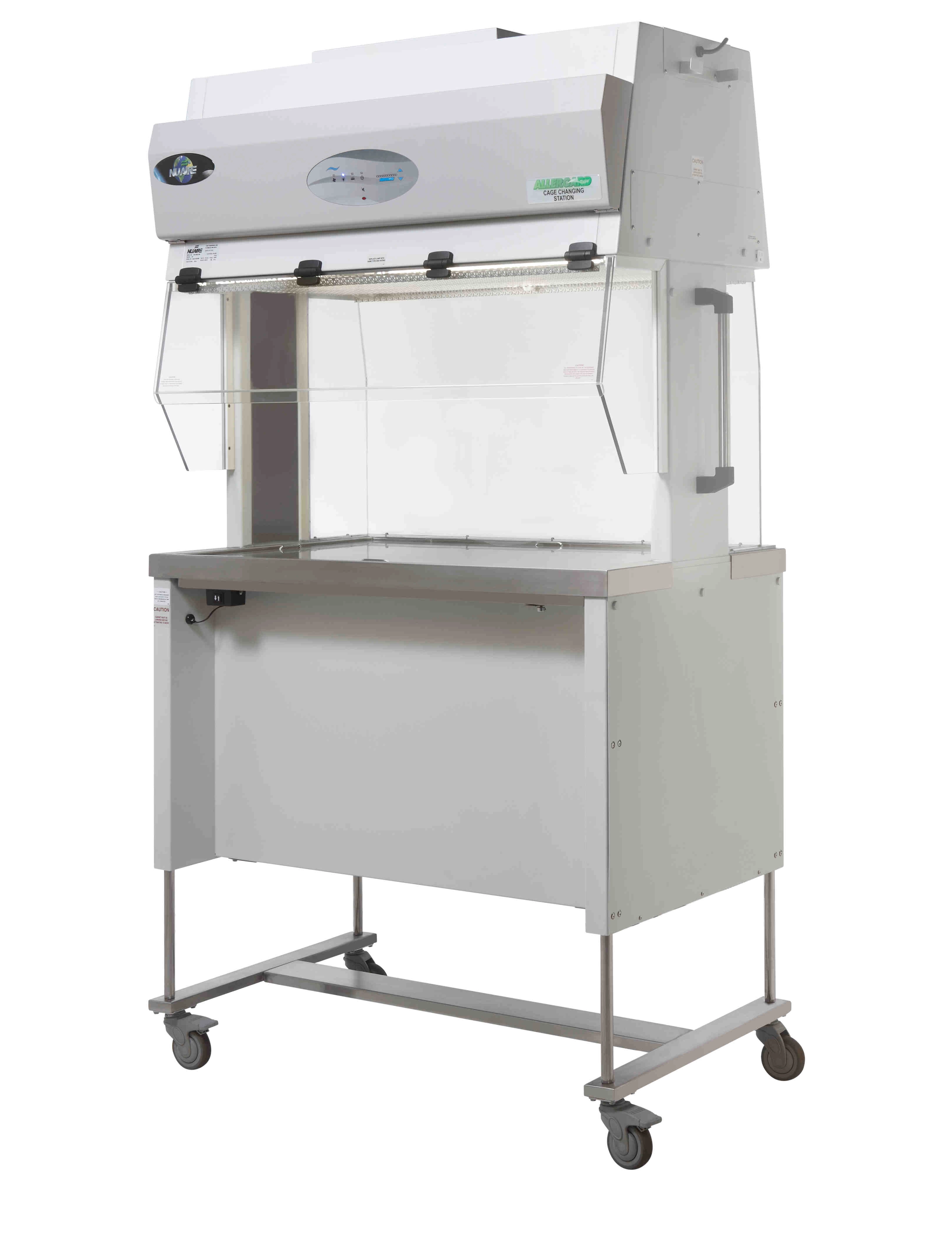 Animal transfer stations (ATSs) are clean air workstations
specifically designed to accommodate changing of cages for non-infected animals
only. ATSs are designed for transferring animals between dirty and clean cages
and are not typically intended for procedural work, such as injecting,
handling, performing experiments, etc. They provide protection against most allergens but do not ensure
protection against exposure to infectious agents. Although no specific
containment performance standards and/or certifications currently exist, ATSs
must be certified to operate according to manufacturer specifications.
Animal transfer stations (ATSs) are clean air workstations
specifically designed to accommodate changing of cages for non-infected animals
only. ATSs are designed for transferring animals between dirty and clean cages
and are not typically intended for procedural work, such as injecting,
handling, performing experiments, etc. They provide protection against most allergens but do not ensure
protection against exposure to infectious agents. Although no specific
containment performance standards and/or certifications currently exist, ATSs
must be certified to operate according to manufacturer specifications.
NuAire AllerGard® NU-621 Single Sided Animal Transfer Station (shown right)
Most ATSs utilize a “push-pull” downward airflow pattern. An air supply impeller at the top of the cabinet creates the “push” action by directing air straight down through the work zone while a second motor beneath the work surface “pulls” the air through the air slots located on the edges of the work surface. Due to the lack of regulatory agencies, ATSs can vary widely in design and functionality. However, as mentioned, one must still regularly certify the ATS functions according to manufacturer specifications.
The
ATS workspace can be accessible from one or two sides, depending on the intended
usage. Typically, one-sided stations create a stronger air barrier than their
dual-sided counterparts. Two-sided ATSs offer greater convenience, but the
additional access opening increases the surface area of the air barrier, making
it markedly less stable.
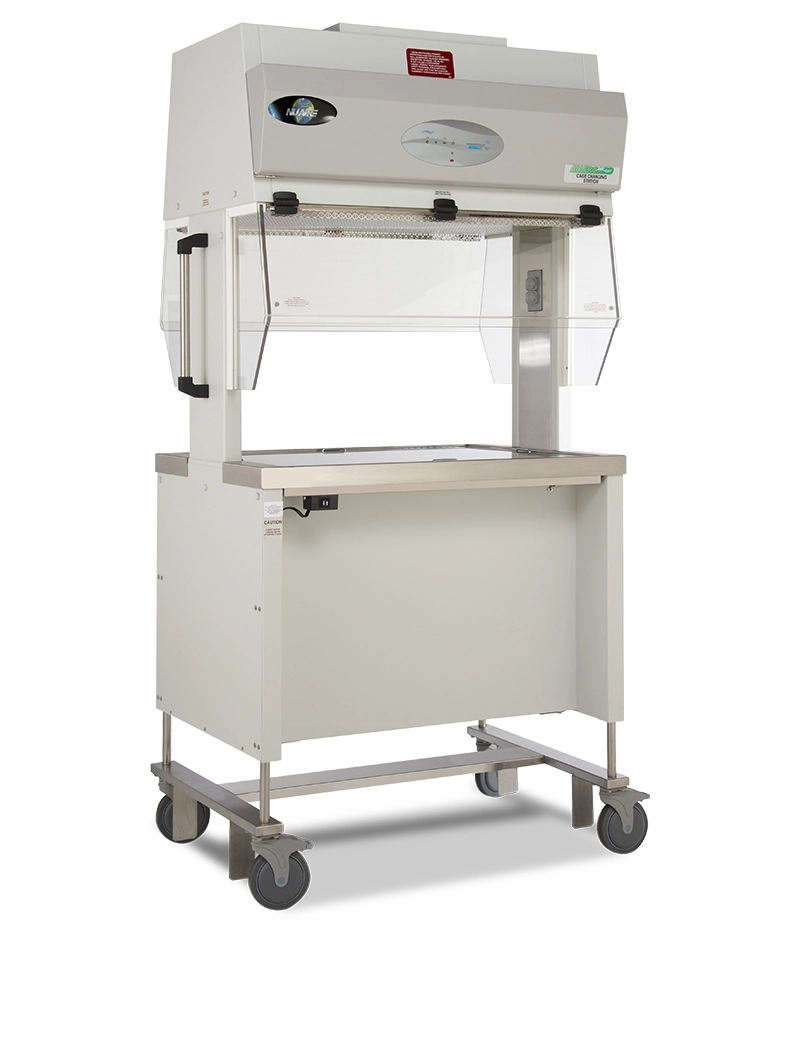 The
opening sash levels can be higher than biosafety cabinets, allowing for large
cages to be moved in and out of the work zone with ease. ATS units typically
occupy a smaller footprint and can be conveniently moved between animal IVC
racks and handling rooms. The versatility of these devices makes them suitable
for widespread, low-risk workflows throughout the vivarium.
The
opening sash levels can be higher than biosafety cabinets, allowing for large
cages to be moved in and out of the work zone with ease. ATS units typically
occupy a smaller footprint and can be conveniently moved between animal IVC
racks and handling rooms. The versatility of these devices makes them suitable
for widespread, low-risk workflows throughout the vivarium.
What are the Regulatory Considerations of AH BSC Devices?
Design features of Biosafety Cabinets are largely dictated by performance standards such as NSF/ANSI 49 or EN 12469. These standards involve multiple aspects of BSC operation and include: downflow and inflow velocities (dynamic air barrier), allowable sash heights, biological containment restrictions, and exhaust system parameters. Although not a strict requirement, animal handling models typically utilize a pre-filter to catch hair and dander in line with HEPA filtration.
Additional considerations include recertification requirements upon moving the BSC unit and/or operating the cabinet in different locations throughout the vivarium. Proper cabinet operation should be confirmed by airflow smoke pattern tests at each site of use. If the cabinet is relocated to another facility or subjected to excessive shock/vibration, the BSC should be recertified to ensure proper containment.
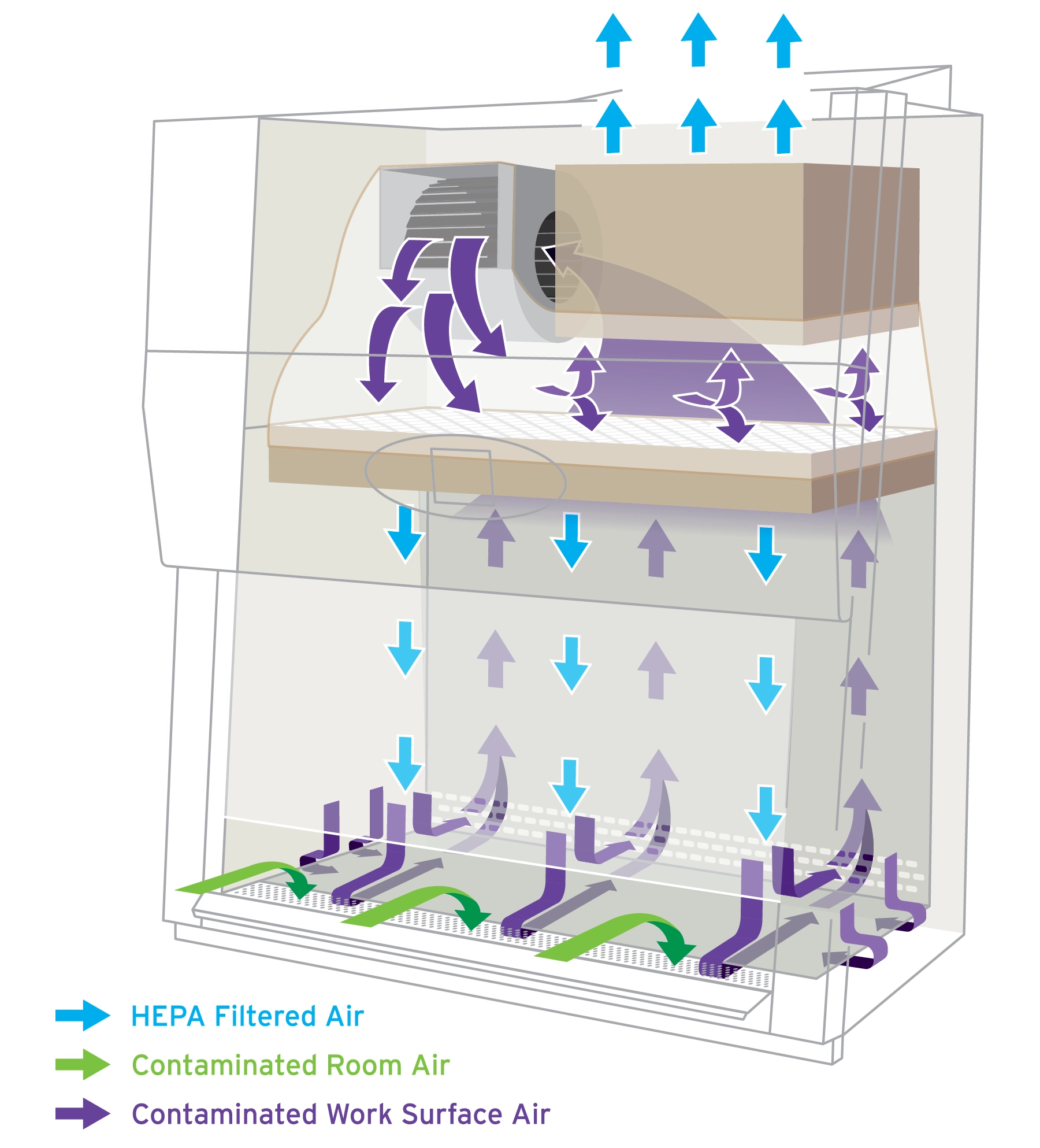 Diagram of Class II, Type A2 Biosafety Cabinet Airflow
Dynamics (shown right)
Diagram of Class II, Type A2 Biosafety Cabinet Airflow
Dynamics (shown right)
- For Class II BSCs, the inflow velocity should be a minimum of 100 fpm (0.51 m/s)
- Downflow velocity requirements vary by model and are typically 50 to 80 fpm (0.25 to 0.40 m/s) average for both types
- Class II, Type A2 BSC models exhaust approximately 30% of the air passing through the work zone, while recirculating the other 70%
- Class II, Type B1 cabinets are the inverse of A2 models by exhausting 70% and recirculating 30% of the air passing through the work zone
- Class II, Type B2 and Class III BSCs exhaust 100% of all air passing through the work zone
What are the Regulatory Considerations of ATS Devices?
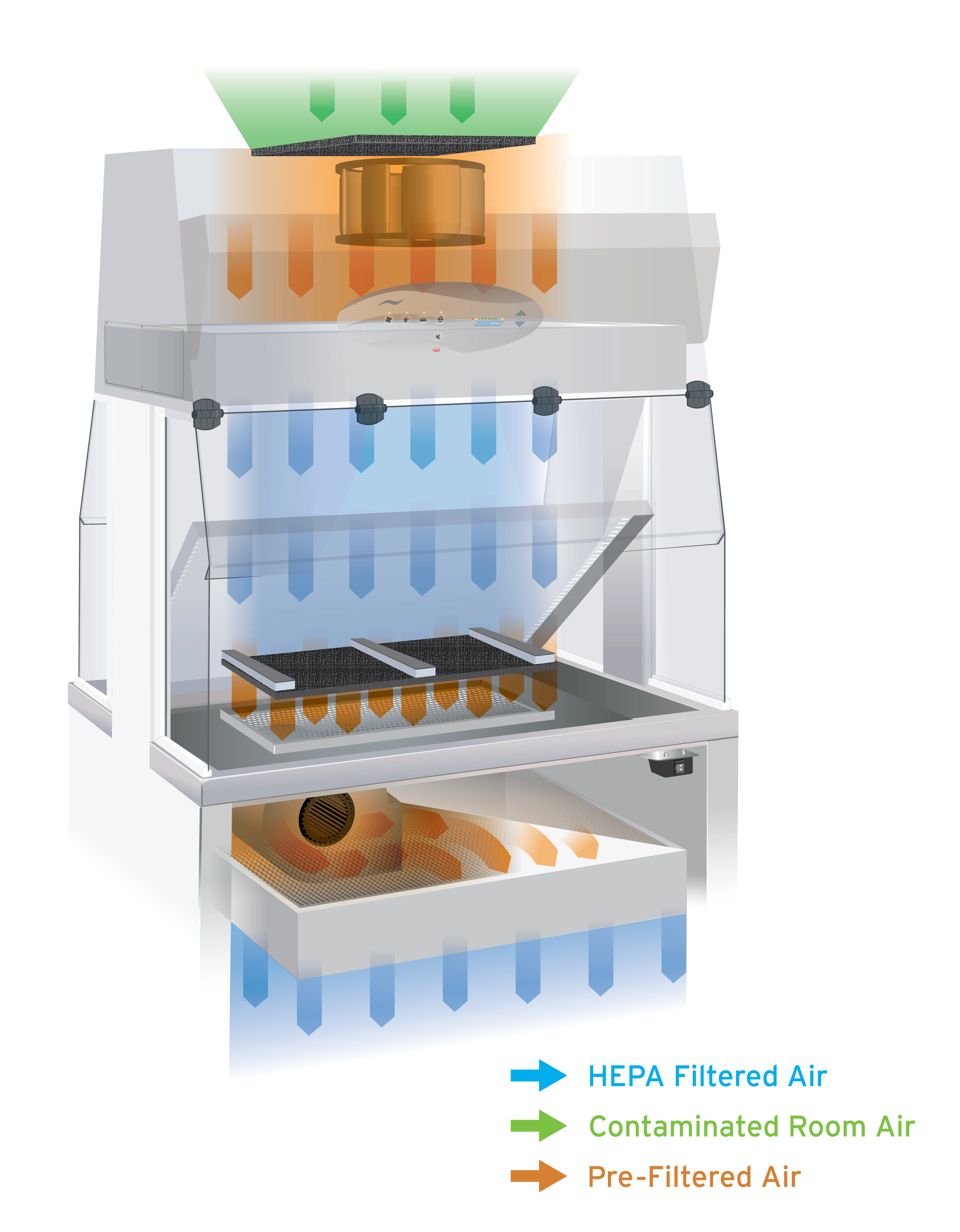
Due to the absence of ATS regulatory agencies, device manufacturers set the performance standards of their respective animal transfer stations. Single-sided ATSs offer allergen protection through a dynamic air barrier through the front opening of the workstation. HEPA-filtered air gets pulled from the top of the device and flushes the work zone. Overall, ATS units tend to have marginally lower velocities, but this will also vary greatly between manufacturers. It is absolutely imperative to communicate with the manufacturer before choosing a specific model that meets the needs of the lab.
Summary
Animal Transfer Stations are generally suited for lower-risk duties such as cage changing, while Animal Handling Biosafety Cabinets provide higher levels of security for use with infected animals and biocontainment applications including blood sampling, biopsies, and other invasive procedures. The infection status and whether the animal is immunocompromised will influence the type of containment system required. Although they may appear similar, each type of device requires specific training, routine certification, and due diligence during the purchasing process. Use of safe practices and strict adherence to standard operating procedures (SOPs) should be always maintained to mitigate potential risks.
This editorial is published in partnership with Nuaire.
References:
1. National Institute for Occupational Safety and Health (NIOSH) Hierarchy of Controls
2. NSF/ANSI 49-2019 Biosafety Cabinetry: Design, Construction, Performance, and Field Certification